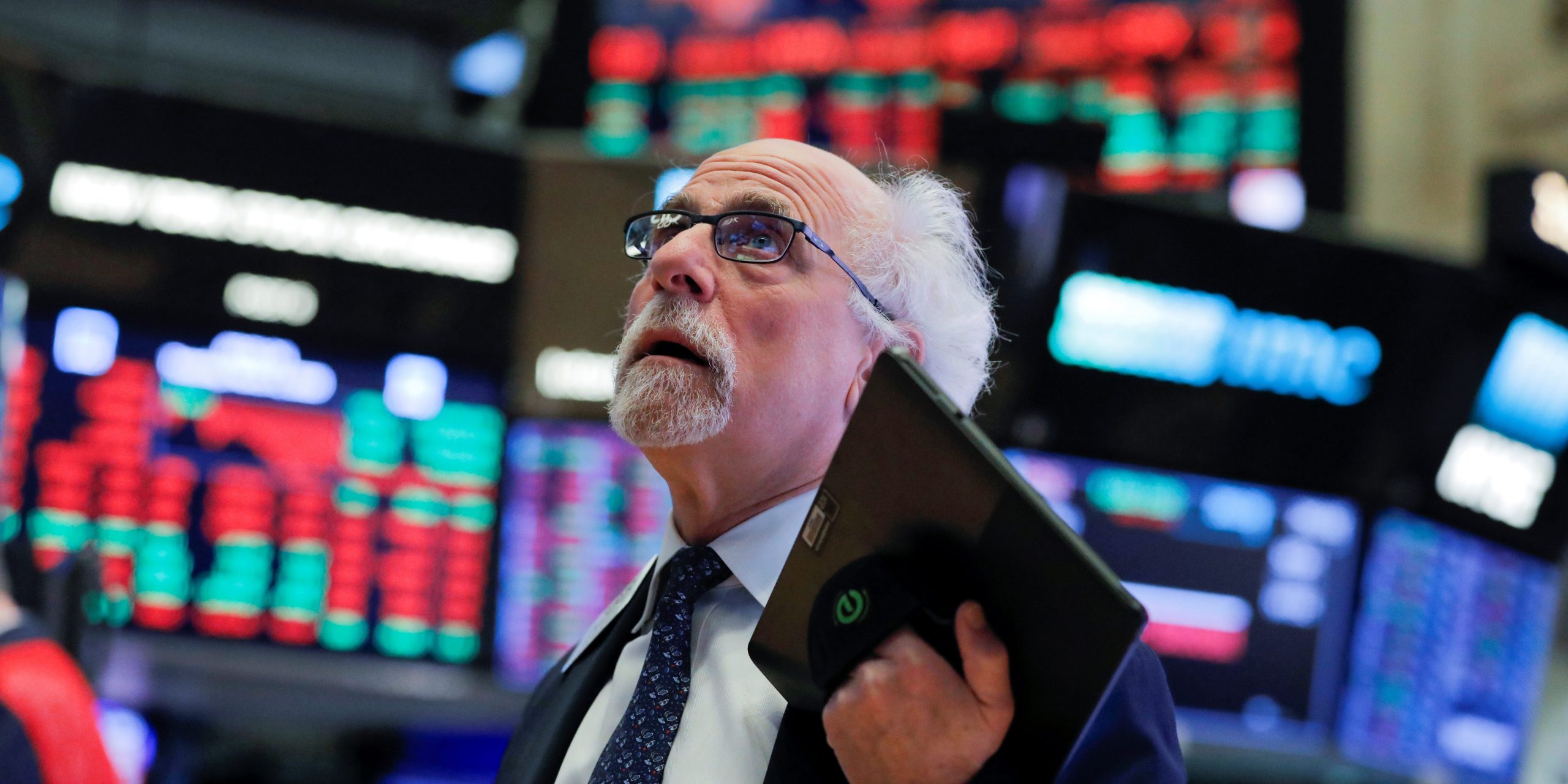
Reuters
- A bullish investment outlook is supported by five “constants” in an ever-changing world, according to DataTrek co-founder Nicholas Colas.
- In a note on Tuesday, Colas said that despite the COVID-19 crisis, time-proven patterns of corporate earning recoveries, among other factors, support a growth outlook for equities.
- Here are the five constants that should support stocks in the long run, according to DataTrek.
- Visit Business Insider’s homepage for more stories.
In an ever-changing world, most recently upended by the COVID-19 crisis, investors can count on five “constants” that support a bullish investment outlook, according to a Tuesday note from DataTrek.
These “constants” exist because “human nature doesn’t actually change all that much,” DataTrek co-founder Nicholas Colas said.
And because human behavior doesn’t change, market recoveries always run the same path, according to DataTrek:
“First reflected in asset prices, which are then validated by improving corporate earnings, and those are eventually reinvested in hiring. Every cycle is a bit different in terms of speed and corporate winners/losers, of course. But in our book, it is way too early to grow overly cautious on US stocks,” Colas said.
Here are the five “constants” that apply to the world of investing during uncertain times and support a bullish investment outlook, according to DataTrek.
1. Markets view COVID-19 through the lens of its impact on the economy.
This makes Wall Street "the villain in every recession because it seems heartless" as investors intently focus on the fiscal and monetary responses to the challenges posed by crises, rather than the tragic human suffering, DataTrek said.
But COVID-19 data, like case counts, hospitalizations, and mortality rates, is less relevant than fiscal and monetary relief measures when it comes to assessing the direction of stocks, according to the note.
2. US corporate profits bottom before unemployment begins to decline.
"Earnings always recover before labor markets really begin to heal. In fact, it is those marginal corporate earnings that allow for rehiring in businesses that can actually use the labor productively. We expect this dynamic to play out once again in 2021 and beyond, an important point because even if US joblessness is declining it remains worrisomely high," DataTrek said.
3. Long-term Treasury yields and the US dollar have their own "constants" to consider.
"Our basic thesis is that yields will remain low for many years and the dollar will fall by 20% in the next 2 - 3 years," DataTrek said. Yields will remain low due to low inflation combined with central bank asset purchases, according to DataTrek, adding that inflation faces an "uphill battle" due to an aging population and continued technological innovation.
For the dollar, "A 20% decline would take it to the mid-90s level, right where it was from 2010 – 2015. This should happen as the global economy finds its footing and starts to grow once again," DataTrek said.
Overall, a falling dollar and low yields are bullish for US stocks.
4. US elections are never as important to stock prices as the fundamental drivers are.
"Treat those historical tables that show either Republican or Democratic Presidents are better/worse for stock prices with caution. There's simply not enough data for a robust statistical analysis," DataTrek said.
But one aspect of the upcoming election that could help markets is if one political party "owns" the economy, DataTrek noted. Since 1945, the S&P 500 has beat average annual returns when either the Democrats or the Republicans controlled both Congress and the White House, according to DataTrek.
5. The only change that is "constant" is the consumer and business adoption of technology.
"One spot where the only constant is change, and at an accelerating rate: the pace of consumer/business adoption of key technologies, as the percent of US retail sales done through ecommerce channels clearly shows. The tag on Q2 2019's data point of 10.8% compares to 16.1% in Q2 2020. That 5.3-point increase occurred in 1 year; the prior 5 points took 6 years. Technological disruption has come quickly in 2020. Very quickly," DataTrek said.










